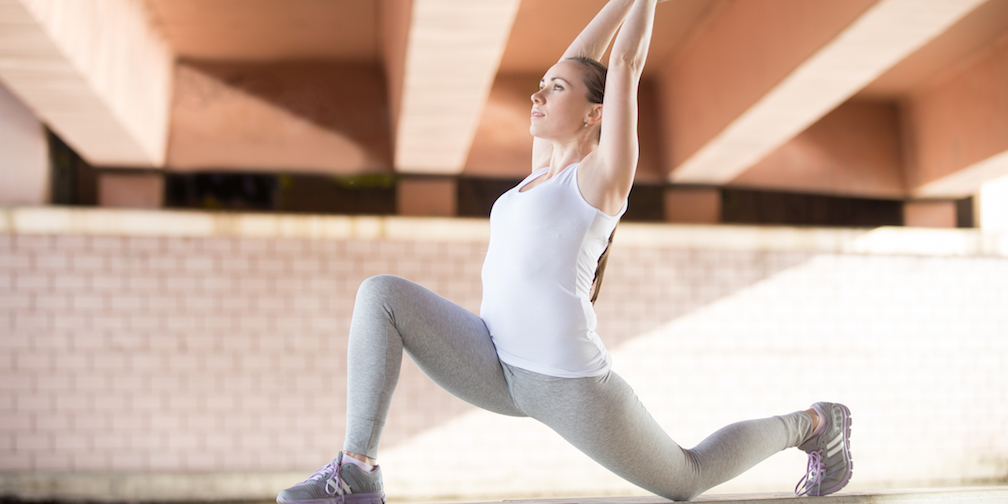Stretching and warm-up routines are race-day rituals for many runners. However, even the most seasoned runners may not be stretching in a way that is most beneficial to their bodies.
Jeff Swartz, a physical therapist at Mercy Health – Orthopedics and Sports Medicine, specializes in working with runners and warns that some stretching may even be doing more harm than good.
“Stretching a muscle constantly can make a muscle weaker,” Jeff shares. “In fact, research says stretching programs have no effect on injury rates – which is counter to what we’ve all been taught.”
So, what does that mean for a runner? Well, to start, runners need three flexible joints to run efficiently: hip flexors, calves and big toe muscles.
“Your hip flexors need to be flexible if you want to run fast. If you’re sitting all day at a desk, or in a car, those hip flexors are going to be tight,” Jeff says. “As runners we need to do speed work. If I’ve been sitting at my desk all day, I should be rested, but my hip flexors have been sitting all day in a slack position and now I’m asking them to do hard speed work – that’s one way people get injured.”
Stretching the quads and hamstrings is good for general wellbeing and health. However, it is not necessarily needed for running.
“Realistically, stretching has to do with how much time you have,” Jeff adds. “If you have time, dynamic stretching like squats, high knees, A, B and C skips, karaoke and lunge walks are awesome to get the muscles in the joints and your heart ready, so you’re not shocking the system beginning a run. Static stretching, where you’re holding positions for 30 to 60 seconds, can be done after a run or whenever you have time. But if you only have 45 minutes to run, do your run and find time later in the day for static stretching.”
However, tight and injured muscles happen often to runners. This is where foam rollers, stick rollers, massages and percussion guns come in – and they do a great job of it. The more targeted the technique the better.
“Using a stick roller or percussion gun, which are more targeted and aggressive, two or three times a week can be very beneficial,” Jeff says. “If you’re doing it more than that, there may be an underlying issue that may be addressed. Just because it hurts doesn’t necessarily mean it needs to be rolled out. It may be because the muscle is actually weak and needs to be strengthened or your running mechanics are overloading that tissue.”
Strength over flexibility is key to keeping your legs healthy and injury-free. So, if your leg muscles need strengthening, flexibility isn’t going to do the trick.
“One inevitable truth – the best runners have super tight legs,” Jeff shares. “Running is nothing more than absorbing and releasing kinetic energy. If someone is too loose, we know they won’t be able to absorb and release the energy the same way someone who may be a little tighter will.”
The Mercy Health Glass City Marathon (GMC) is one of the nation’s marquee races. It kicks off at the University of Toledo’s campus with separate start lines for the marathon, marathon relay and half marathon. Learn more about this race.
Also, our Mercy Health sports and orthopedic team of physicians and running medicine specialists are here to help! They are available to assist you during your training process and proudly provide medical aid to runners on site during race weekend.
Learn more about the sports medicine services we offer at Mercy Health.






